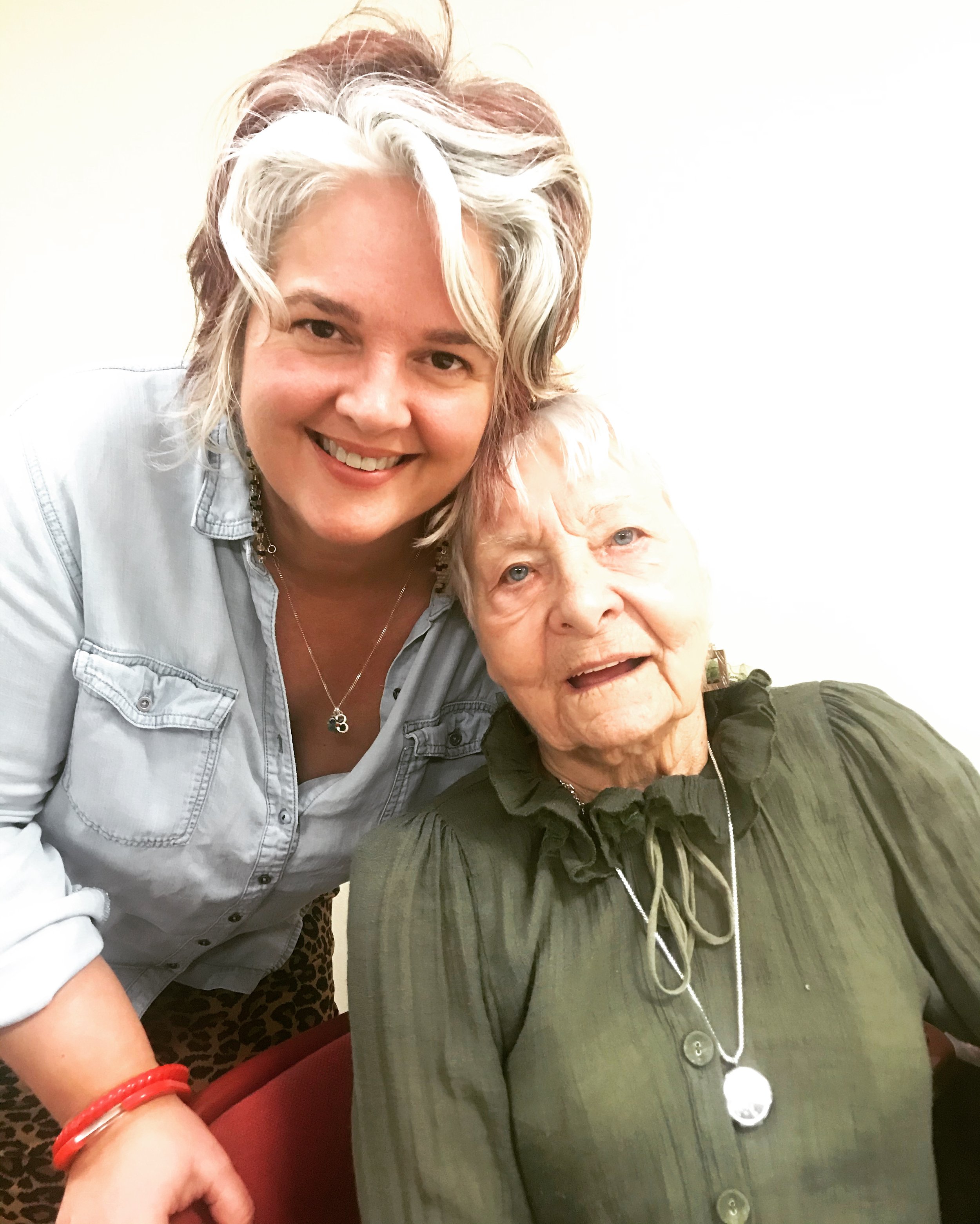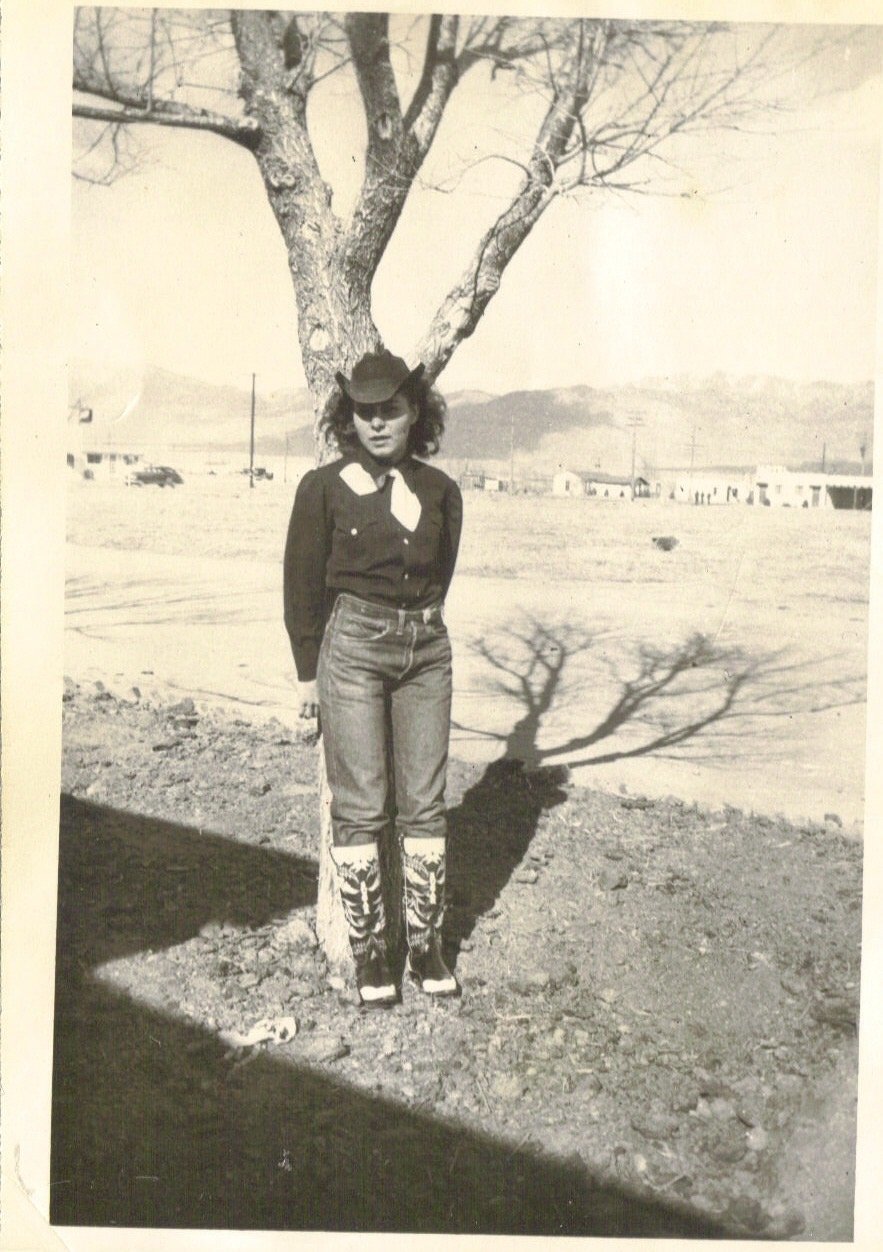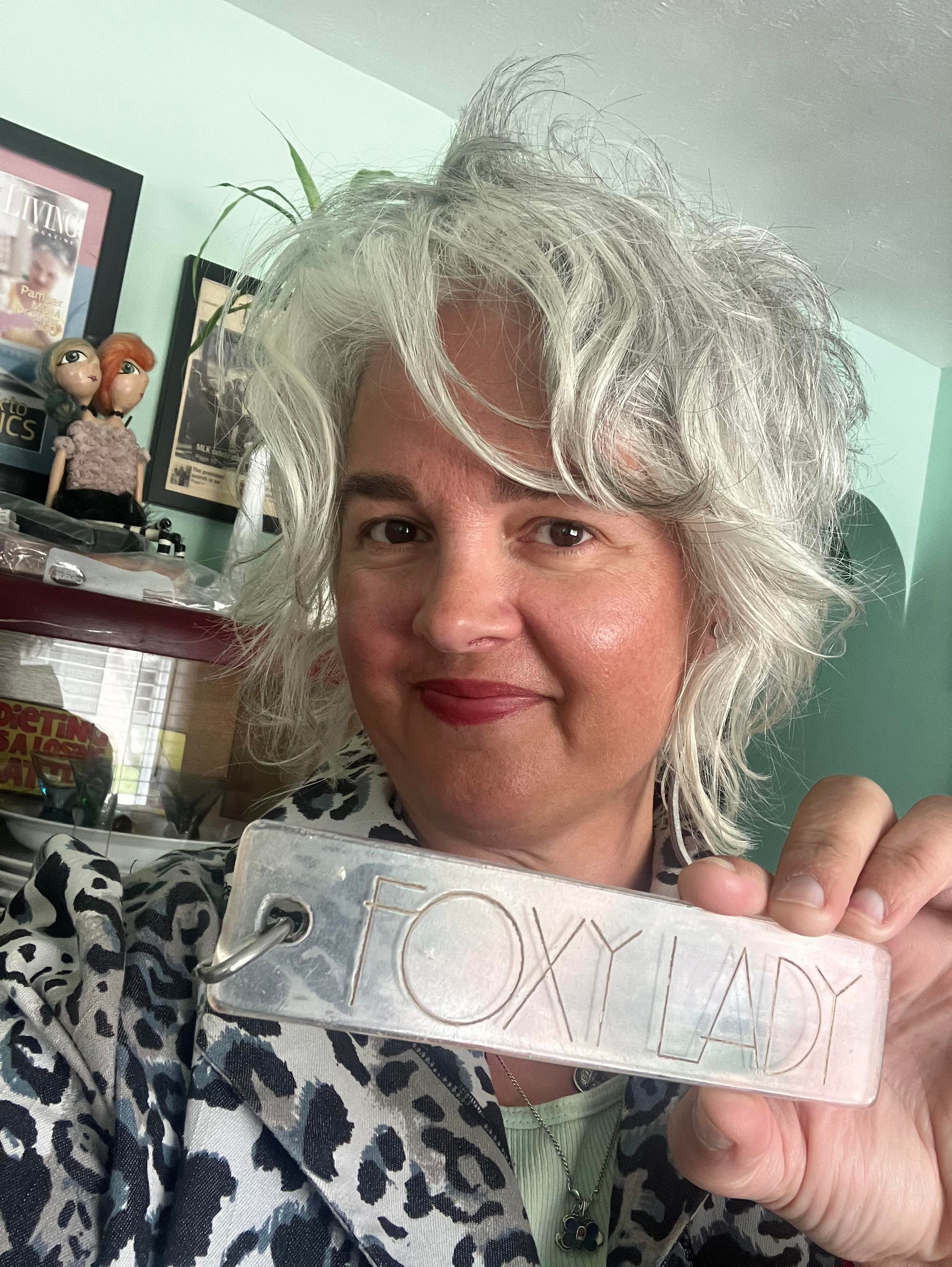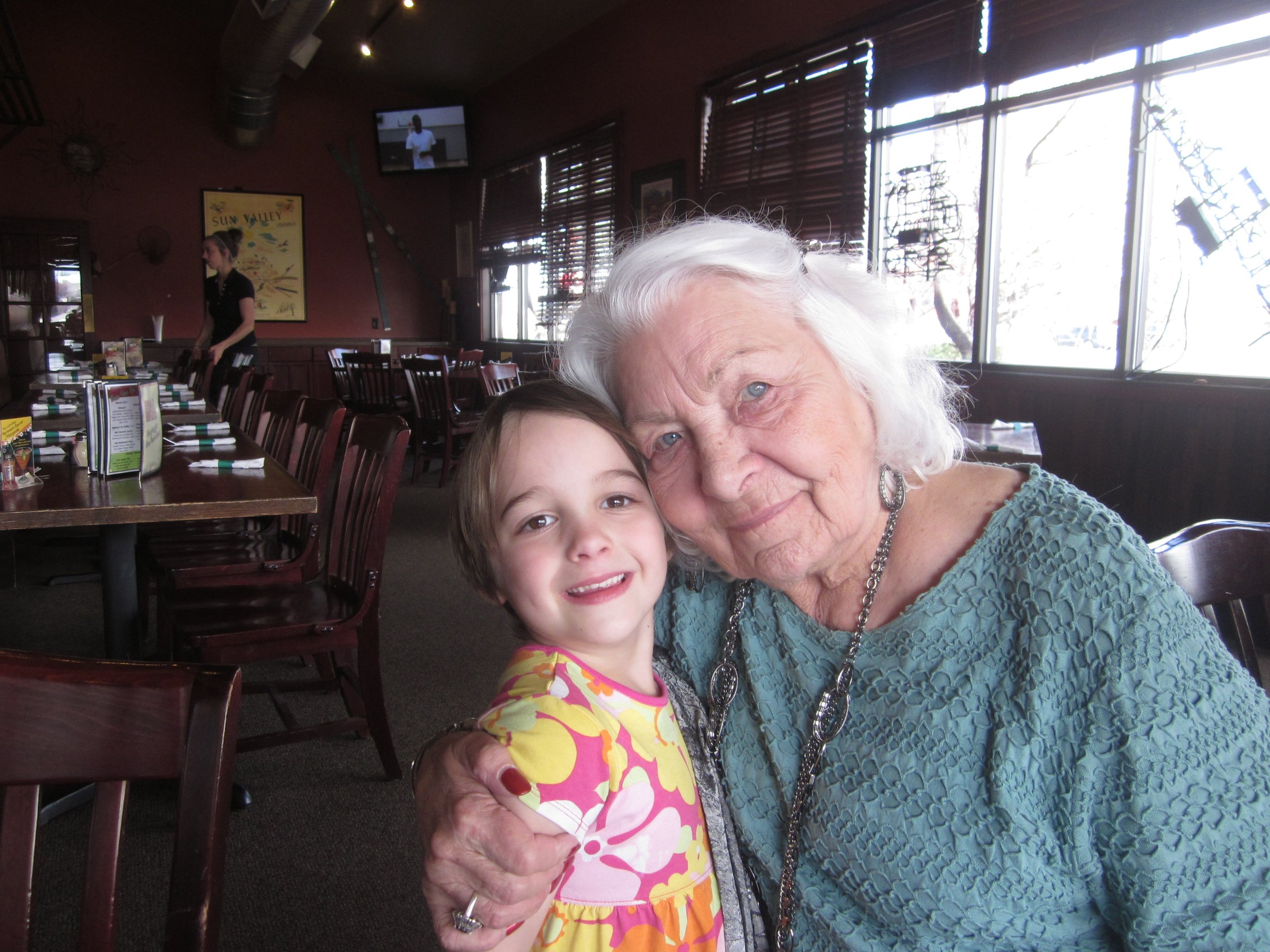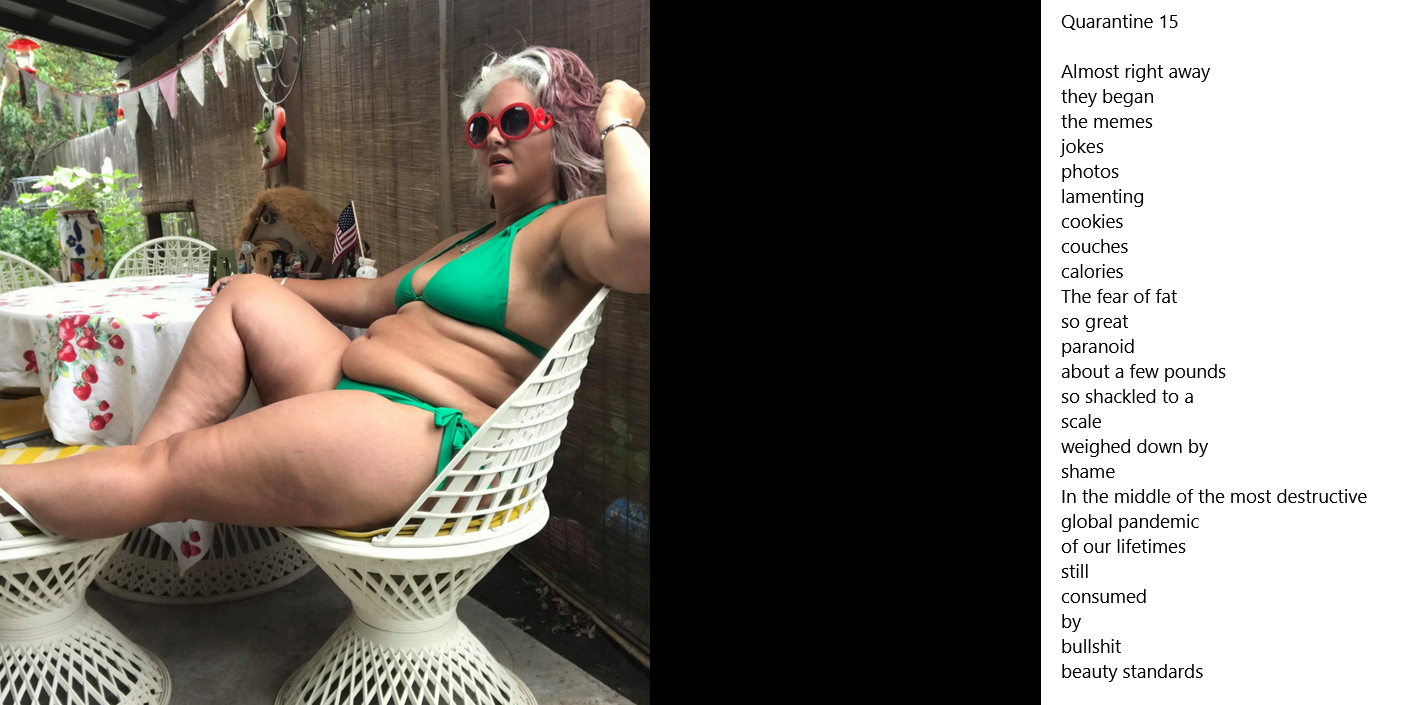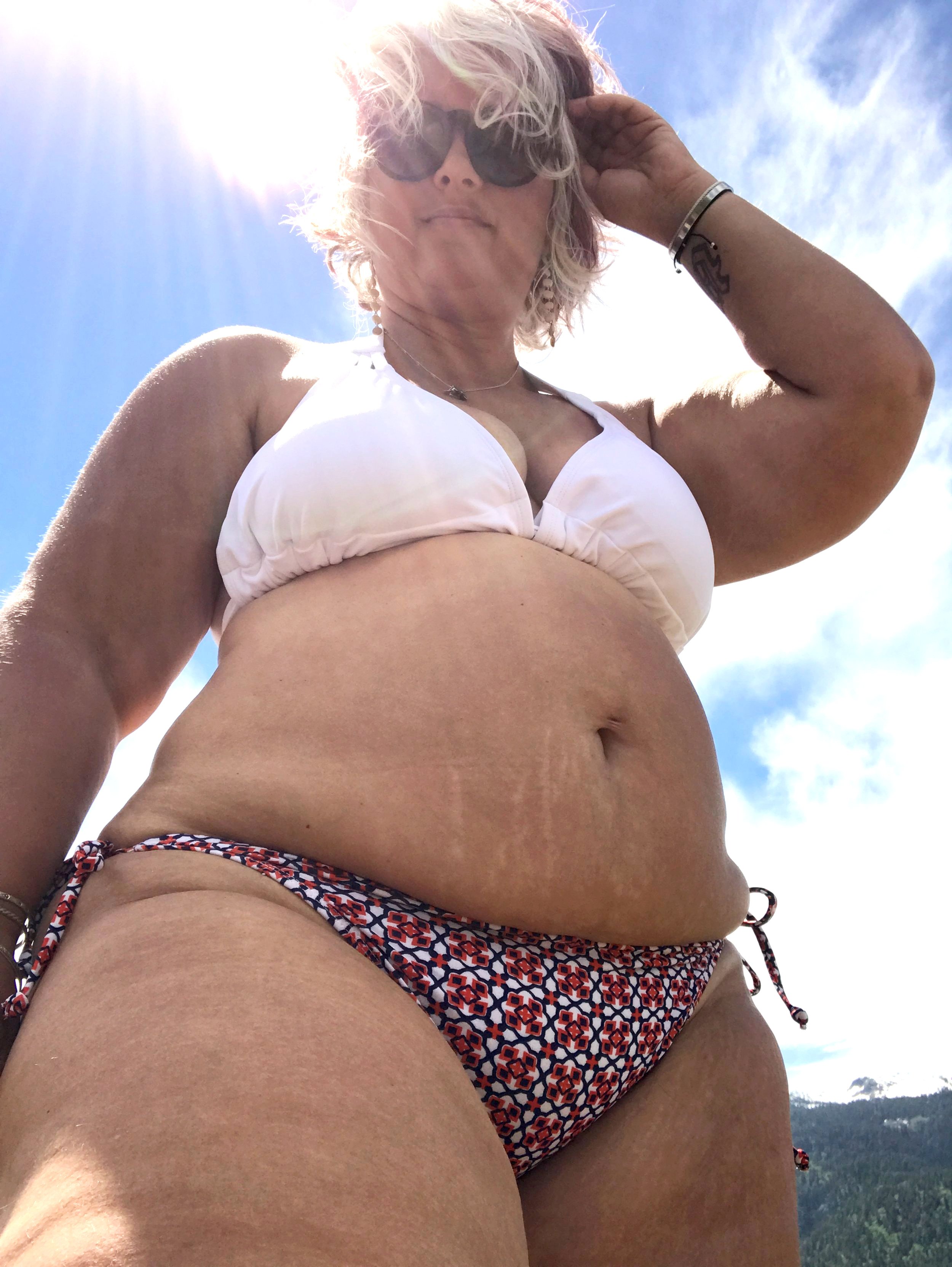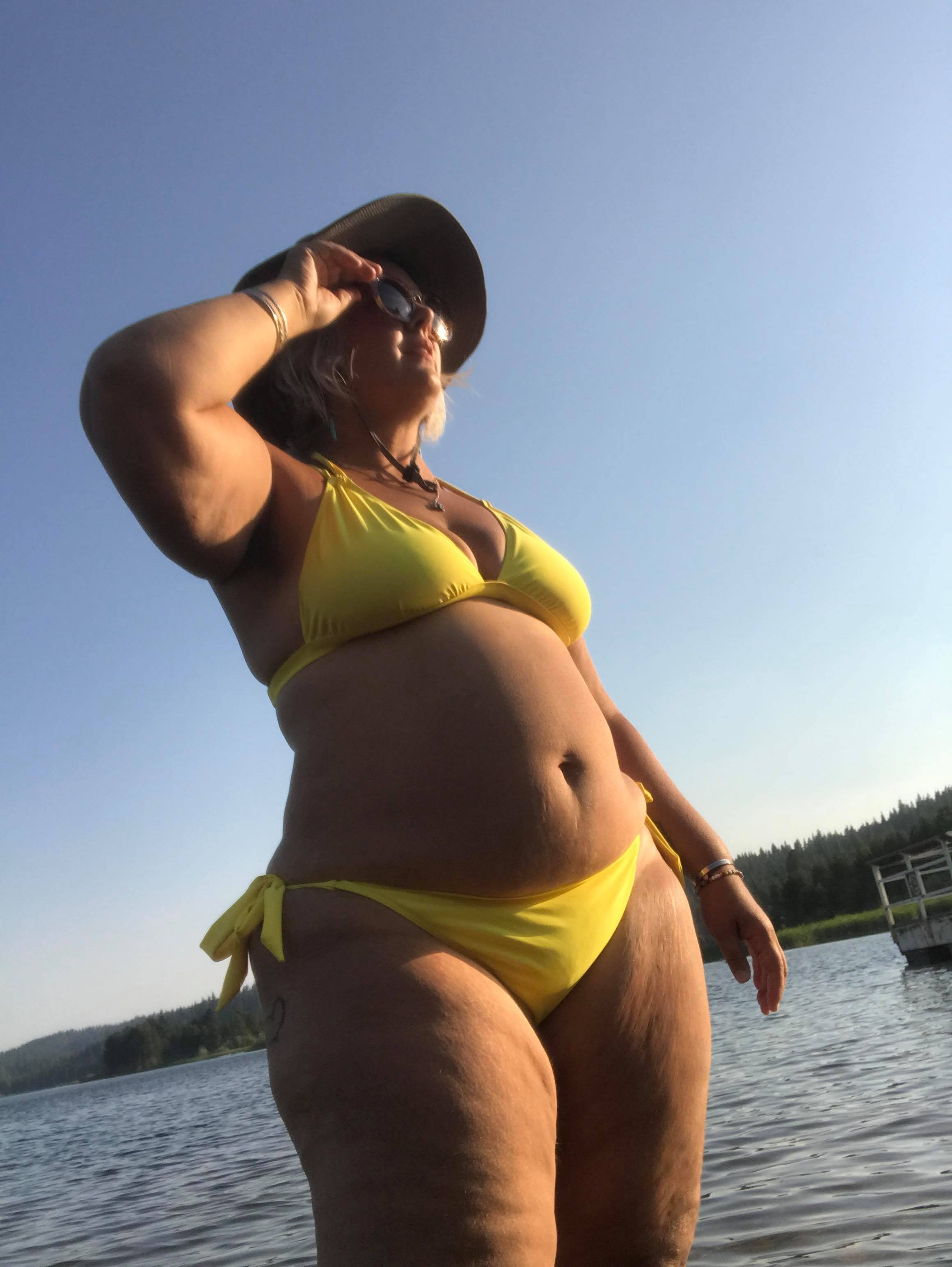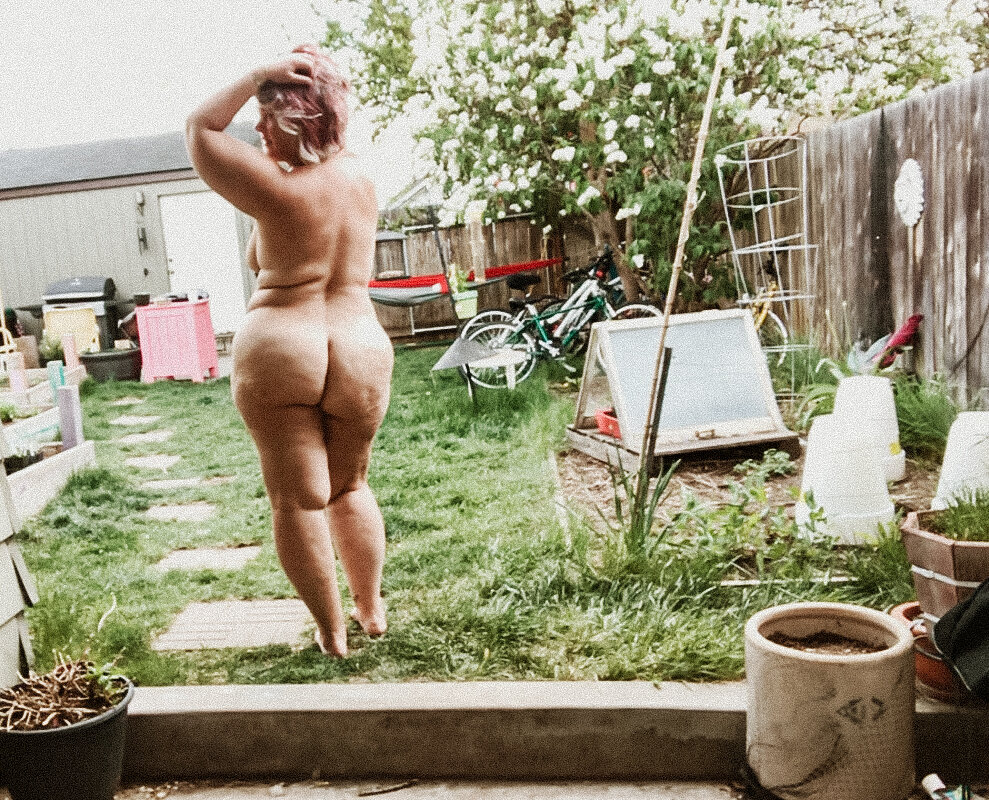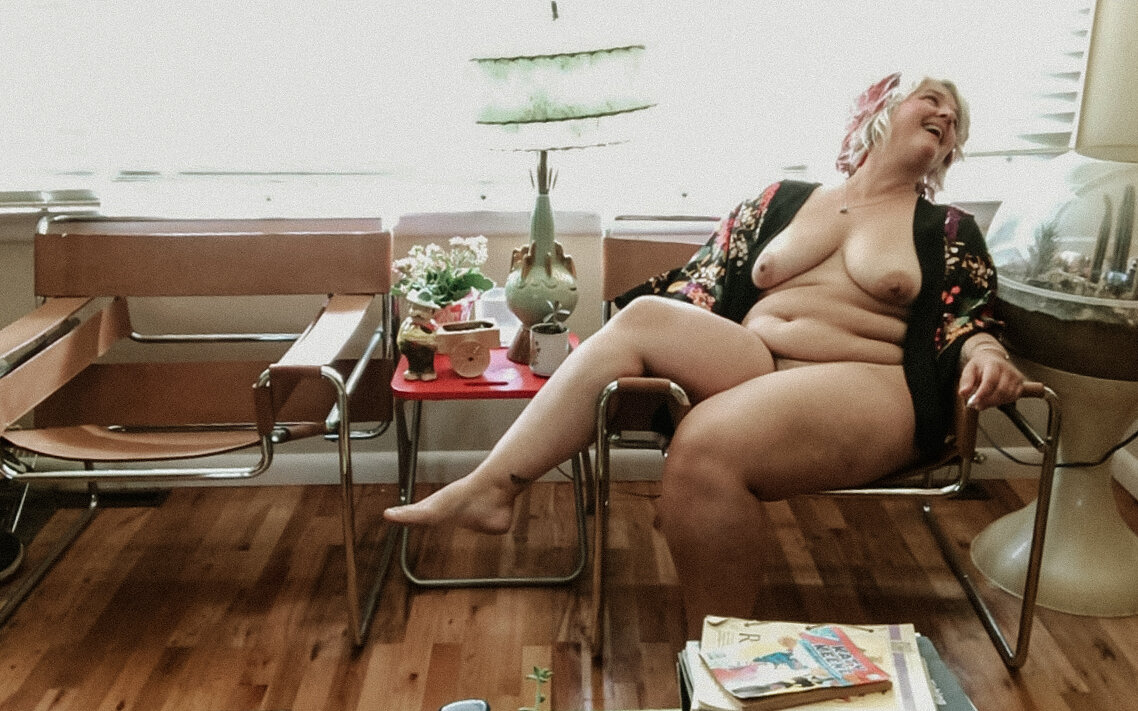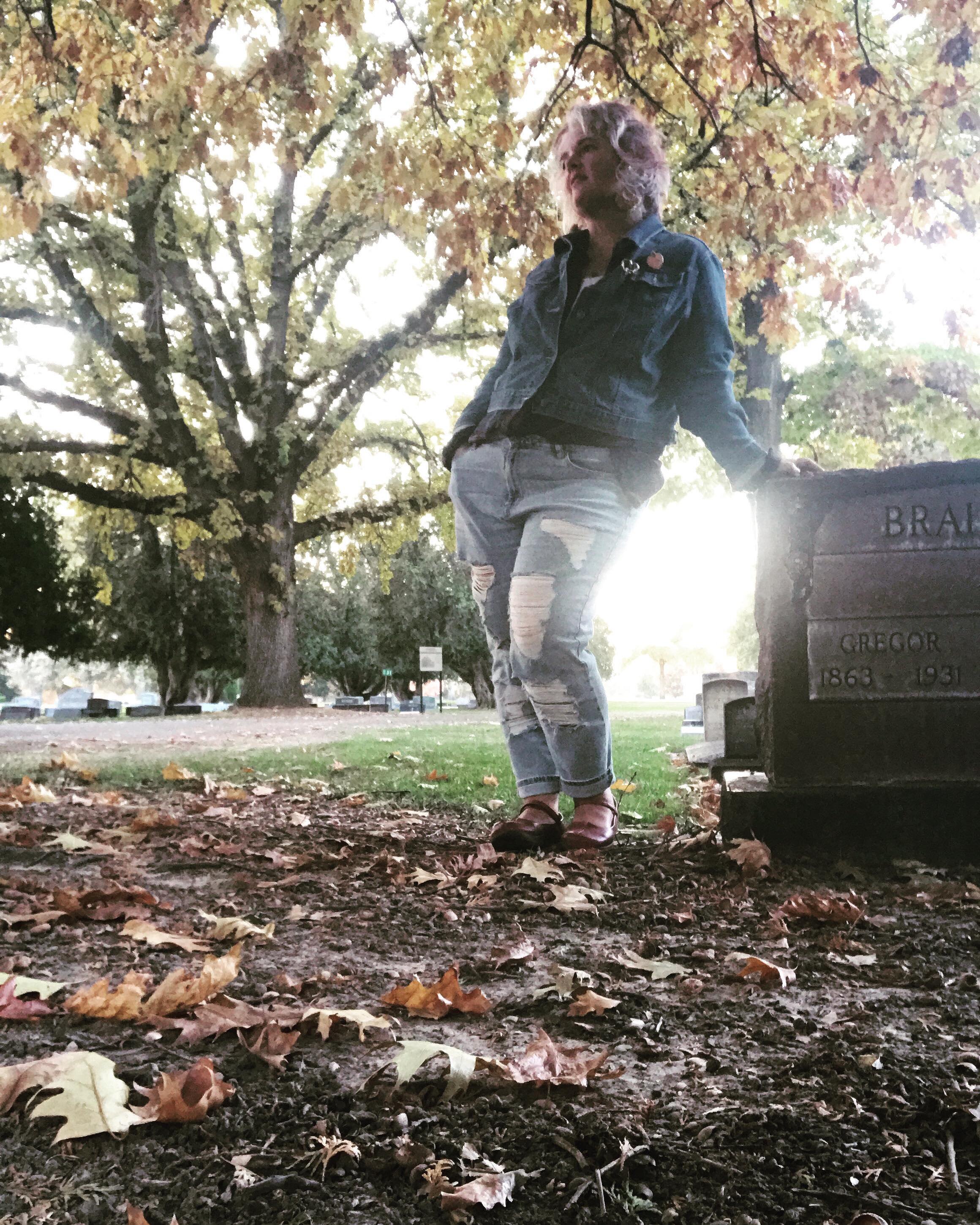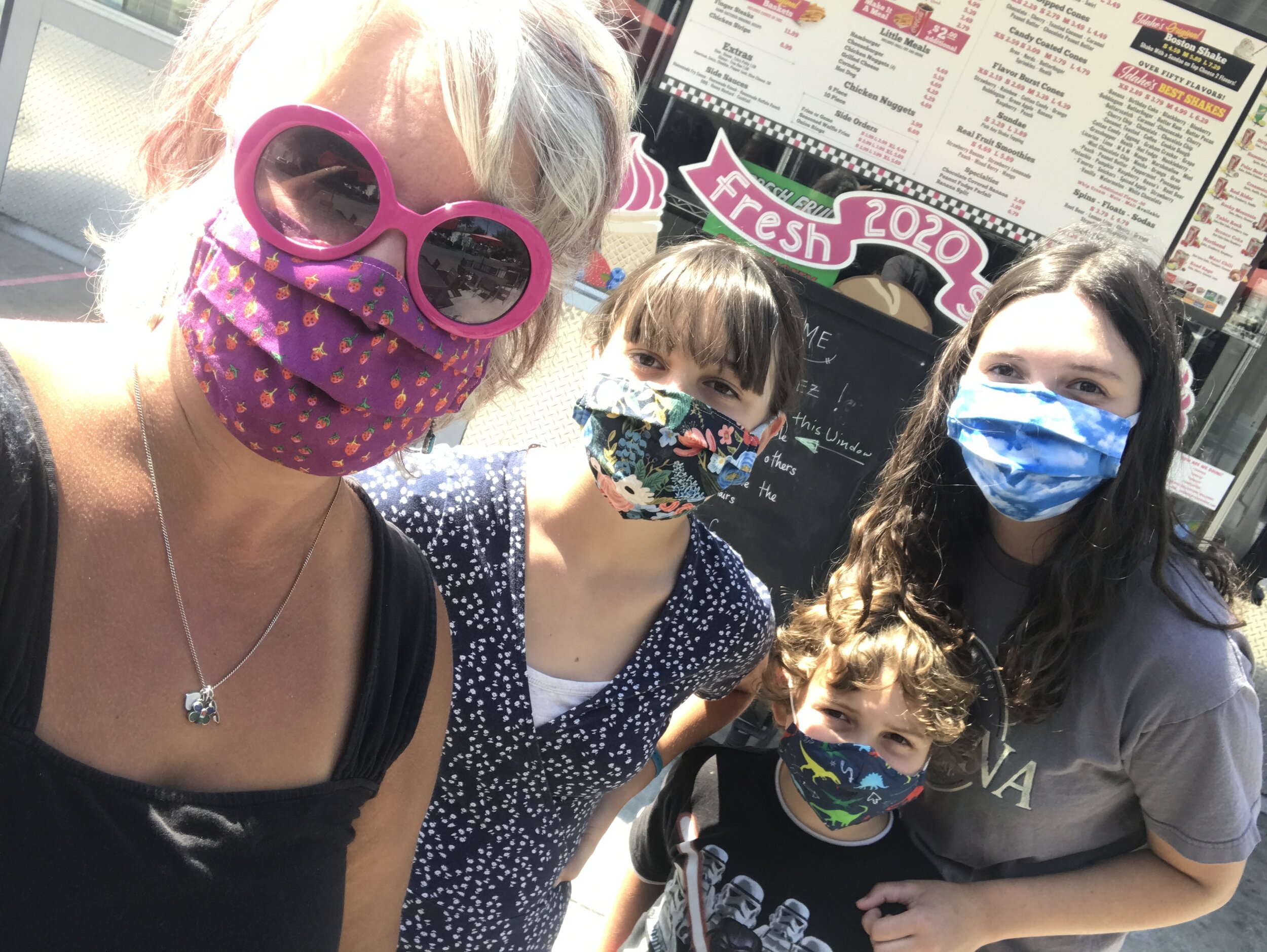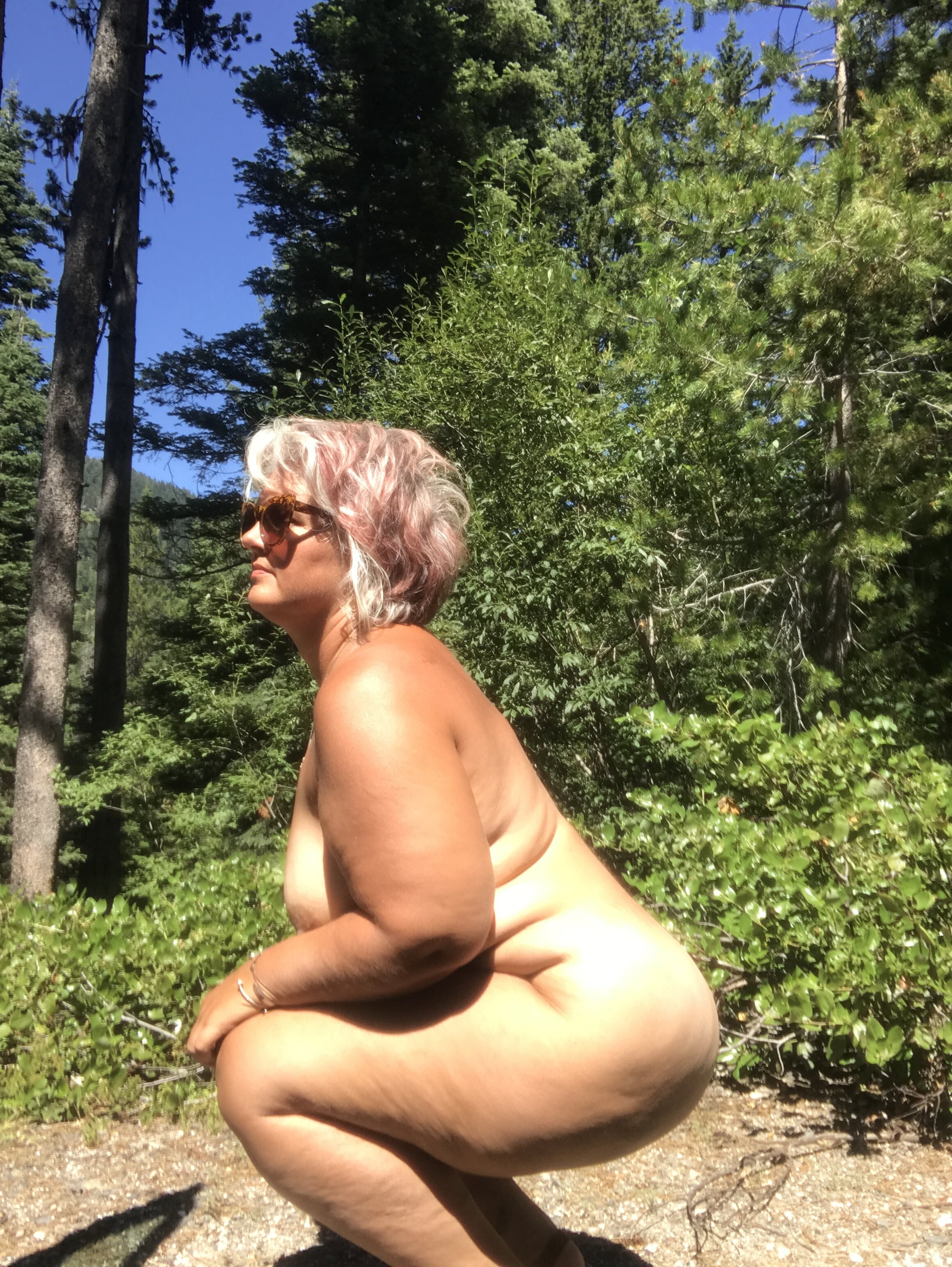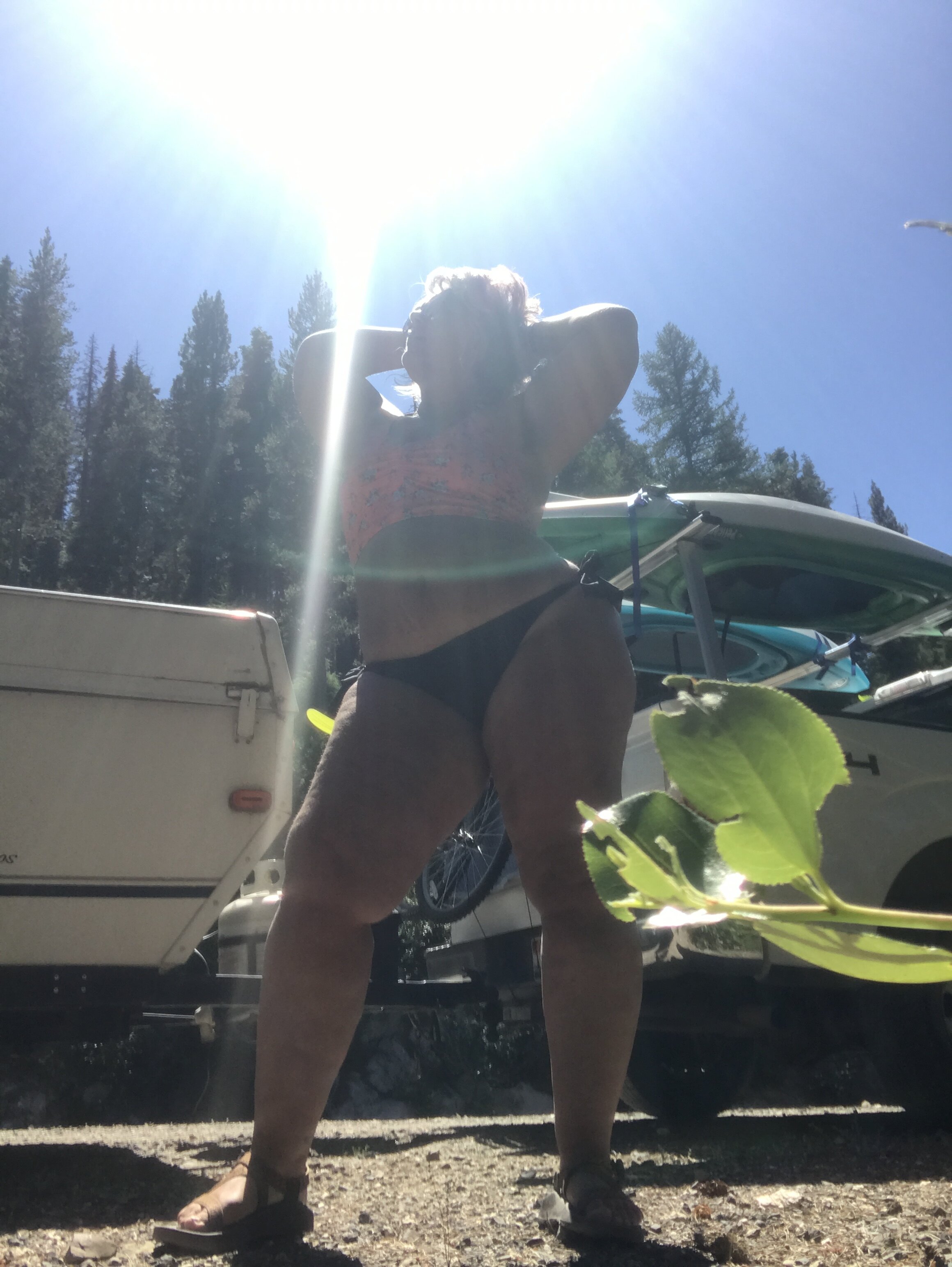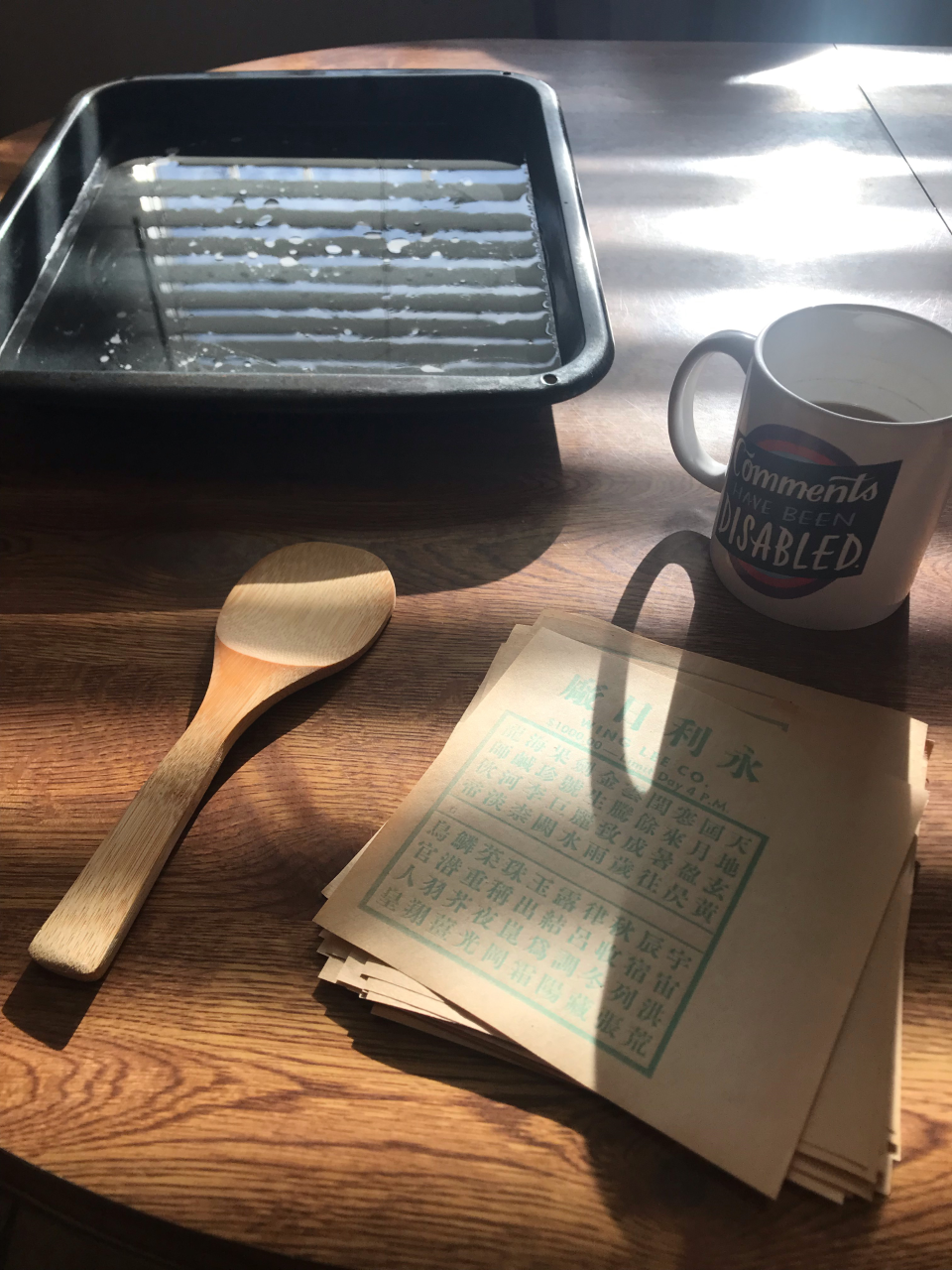Next month marks fifteen (15!) years I’ve been a blogger here in this space. I started in Blogspot, the original place for mommybloggers, what feels like a lifetime ago now. I only had two children, and one had barely turned one. I was newly “laid off” from my job as a museum curator at the biggest art museum in Idaho in a really unfair and fucked up situation. Social media was super new then, but was already causing trouble for people, myself included. As a writer and an artist and a mother with a lot to say about the good and bad and sad and wild and heart-filling and heart-breaking all of it, a friend encouraged me to put it out there because so few of us were really talking about the down and dirty of living. I called it Doin’ It All, Idaho Style and was honestly how and why when Instagram became a new place to share photos and short captions my handle there became @idahoamy.
Right away in 2009, when my sometimes a little too honest and raw blog posts started making traction locally, I started getting push back online, typically from people I knew offline and sometimes considered friends and even family. Some of that push back turned into very mean public comments and even trolling, before we had a term for what that meant and looked like. It got even worse when my work in body liberation, feminism, and fat acceptance coalesced after years of it percolating and started showing up in my art, my writing, on my Facebook wall and coming out of my mouth and started making waves regionally. It really amped up in 2015 when my most famous performance art/social activism work to date, something I call the stand for self-love, went internationally viral with hundreds of millions (!!!) views. My followers on all accounts jumped tens of thousands and I was all over the news and written about in books and on the radio and in a lot of magazines and on a lot of stages which gave so many millions all over the world not only the chance to consume my work but give their opinion on all of it. Problem was, they started commenting on all sorts of things and making all sorts of assumptions that were wrong, things that they knew nothing about. My personality, my children, my parenting, my marriage, my sex life, my education, where I was born. Luckily I was very solid in who I am and was at peace with my body even then and had some thick skin. I knew then like I know now that what those people say says so much more about them than it does about it.
It doesn’t mean that it doesn’t hurt.
Last year I posted this unedited photo with a “pro tip” about how I sometimes tuck a wrapped cube of butter under my belly into the top of my panties for a quick softening during emergency baking sessions. Most of my longtime followers know me as an avid baker, a lover of sweet treats, a body image activist who enjoys her body and pokes fun at hacks. It was lighthearted, but also accurate (seriously, your pocket and under your boob also works for a quick butter hack!). An older female follower (and previous fan?!) of mine screenshotted this image and post with no context and shared it in some gigantic Facebook group called something like This Is Why I Don’t Go To Potlucks, whose purpose seems to be mainly food shaming as sport. Despite the group rules stating that no body shaming posts or bullying of any kind will be tolerated and posts with images and identifying information of other people without permission (doxxing) were not allowed, the negative and hateful and judgemental comments started immediately. I wasn’t a member of this group - like my strict policy of being heavy handed with the block and delete button for my own daily trolls, I also don’t make it a habit to join mean-spirited Facebook groups. But a handful of their hundreds of thousand members were fans of mine and screenshotted the post about me and DMd it to me to let me know. I immediately joined the group and started reading the comments. They were awful, untrue, analyzing every little detail of my body, local people making up lies about me, almost all completely unrelated to the post at hand. People finding me online, seeing folks they knew who followed me or were friends with me, and reaching out to them to scold them. I won’t share the details or exact comments or things they said or did even though I have screenshots. I’m not going to share them because I don’t want to revisit it, I don’t want to read it again, and I don’t really want you to either.
This all happened while Dr. Brown and I were driving to Pocatello for a lovers getaway in a giant scallop shell bed at the Black Swan Inn, swimming at Lava Hot Springs, finding Ligertown, picking up a vintage Hilda calendar I’d found at an antique shop. It was our sole anticipated date weekend of 2023, the only mini vacation we could afford, and we were so excited about getting out of town together. I found myself reading all these comments in the truck on the freeway. I don’t care how much of a public figure you are, how experienced at dealing with vitriol, how thick of skin you have, it’s never good for anyone to read 500 negative comments about your body (I’m not exaggerating, I think there were ultimately more than 500). I found myself feeling literally sick, tearing up. Not one person in that thread was calling these people out, telling them what they are saying about me isn’t true, even my fans who were in that group, reading that thread, sending it my way.
I decided to comment on the post, tagged the woman who posted it, reported some really dangerous and hateful comments to Facebook, reported the whole post to the Admin, reported the whole group to Facebook, and then blocked the original poster from my pages. The post was removed and I effectively got the whole group shut down for a hot minute before the Admin figured out I was the person the post was about and blocked and banned me from the page.
Over the past year since this happened I’ve still had to block and ban and delete on the regular. In fact, just this past weekend I had to block a woman who I’d already blocked for harassing me almost SEVEN years ago but suddenly reappeared in my inbox again to tell me all sorts of awful things she thinks about me and my work. Many times it happens in the “real world” offline as well. Most of the perpetrators are other women (an unpopular opinion I’ve noted and written and spoken about a lot in the past 15 years), and there are a lot of reasons for this, including historical and cultural ones, like the press, internalized misogyny, patriarchy, scarcity mindset, fatphobia, old-fashioned jealousy. The mob mentality and seeming anonymity online has just grown leaps and bounds recently. It happens to regular folks, minor public figures like me, and major celebrities, like Taylor Swift. The more major of a public figure you are the less rights you seem to have to your body, your work, your integrity, your truth, your safety. Sometimes the more visible you are makes you more likely to be defamed, as does doing culture changing things, bucking the status quo in the public realm, being an unapologetic woman. Defamation is any false information that harms the reputation of a person, business, or organization. It includes both libel and slander. Libel generally refers to defamatory statements that are published or broadcast (more permanent) while slander refers to verbal defamatory statements (more fleeting). This is incredibly hard to prove in the court of law, even when you have receipts for the lies. We all see it, but the social, legal, personal and/or professional consequences for perpetrators are few, especially the more famous you are. This little diatribe in this potluck Facebook group isn’t the first time something like this has happened to me - you’d be shocked to hear the ways it’s happened to me over the years. What isn’t hard to prove is the very real deep emotional pain, fear, and anxiety is causes. The very real consequences to people’s lives, hearts, livelihoods, health, self-esteem, relationships and reputations.
I mean, obviously there are many major differences between me and Taylor Swift. She’s had stalkers thrown in jail and people who have broken into her home, she is a billionaire with an advanced legal team at the ready, she’s got a PR team managing her social media, she’s got body guards at all times, she’s got a huge mass of Swifties who always have her back, at least in the social media comments sections. I have none of those things. Still, she’s just a human woman like me, and the deep scars and lingering problems it can cause for someone, how she struggles with depression, the ability for this to happen on repeat to people can add up, pile up, bury a spirit, crush a soul. How you can create walls and wear your armor, but your own army can’t protect you from it at the end of the day. I mean, Taylor has written a bevy of songs about how you’re the only one you can really count on. About how there will be no further explanation, just reputation. I believe this with all of my being. But….I didn’t have it in myself to go with grace. I’m tied together with a smile but I’m coming undone. And, maybe like Taylor, I’m just too soft for all of it.

